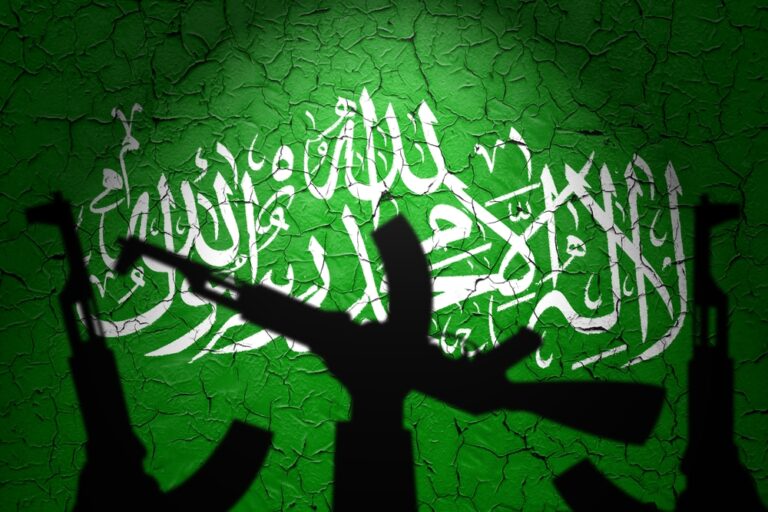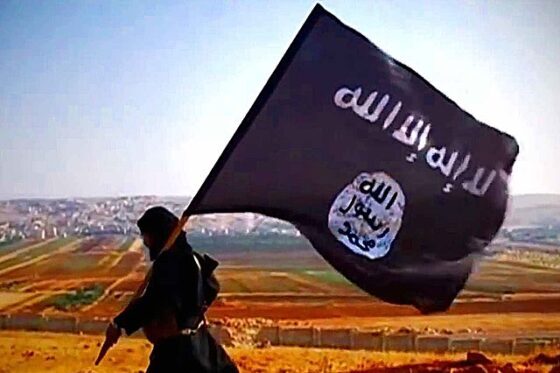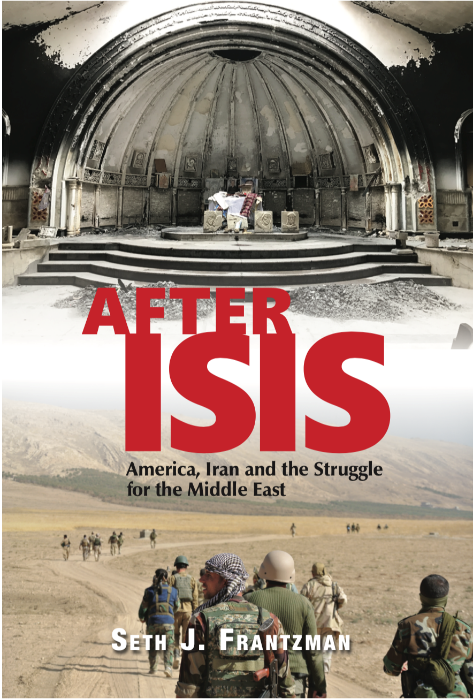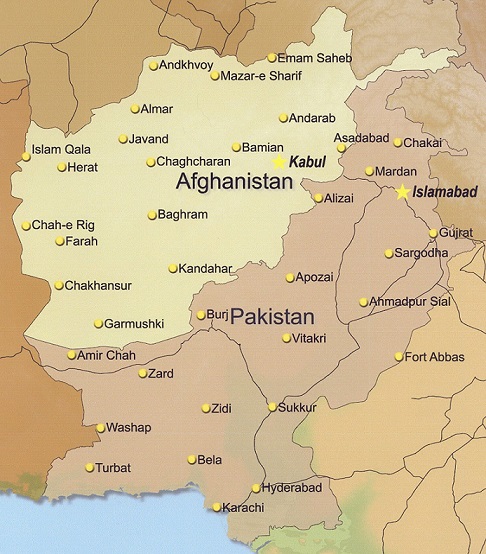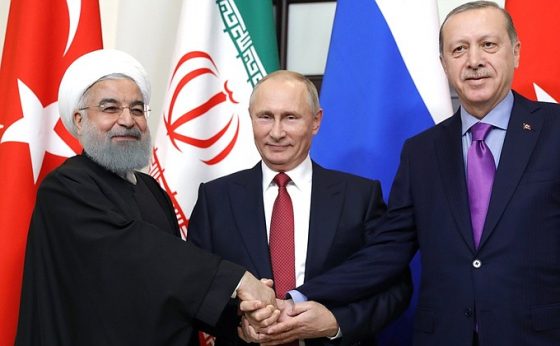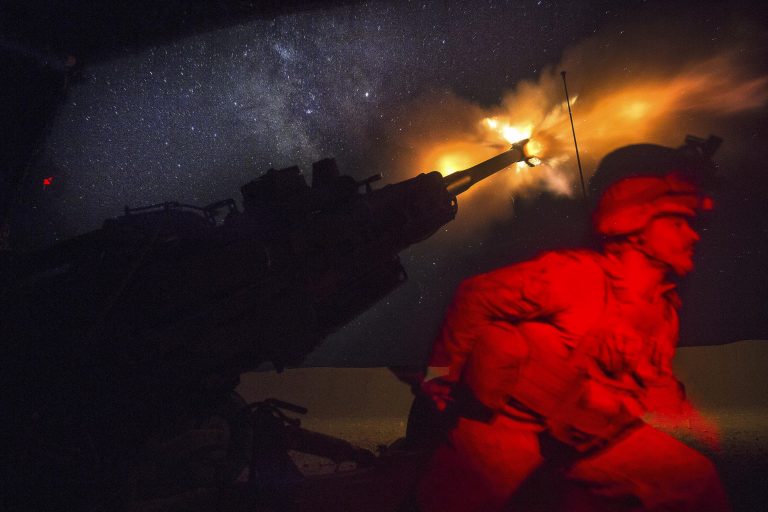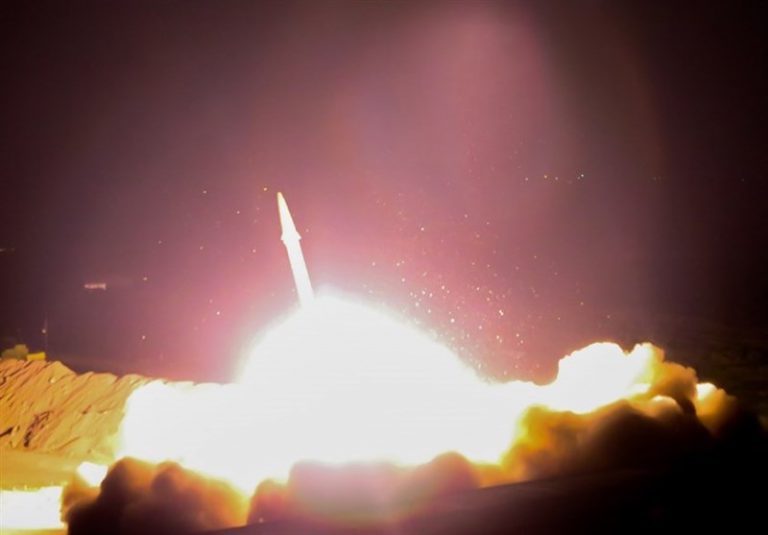Are Hamas’s brutal patterns of action, especially those of Saturday, October 7, 2023, comparable to those of ISIS? A comparison of the two Islamic terrorist organizations indicates a conceptual and practical similarity, including: shared fundamentalist ideology, their status as hybrid entities, their control over populations, Islamic indoctrination, education to hate, brutal operating methods, and commitment to jihad. The State of Israel, which just experienced the worst terrorist attack since its establishment, must continue to advance its tactical and strategic goal of eliminating Hamas with the clear message: Hamas is equal to ISIS.


